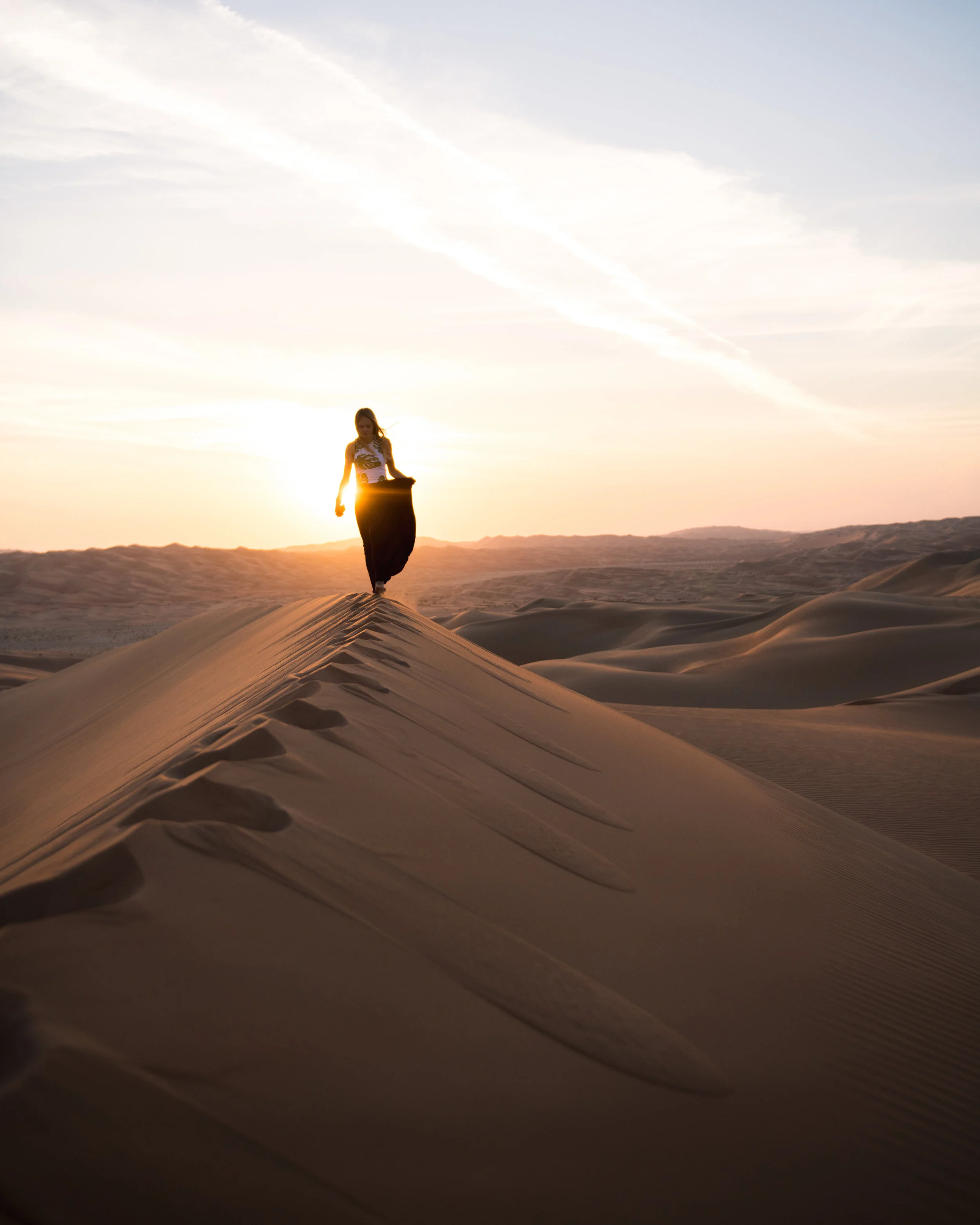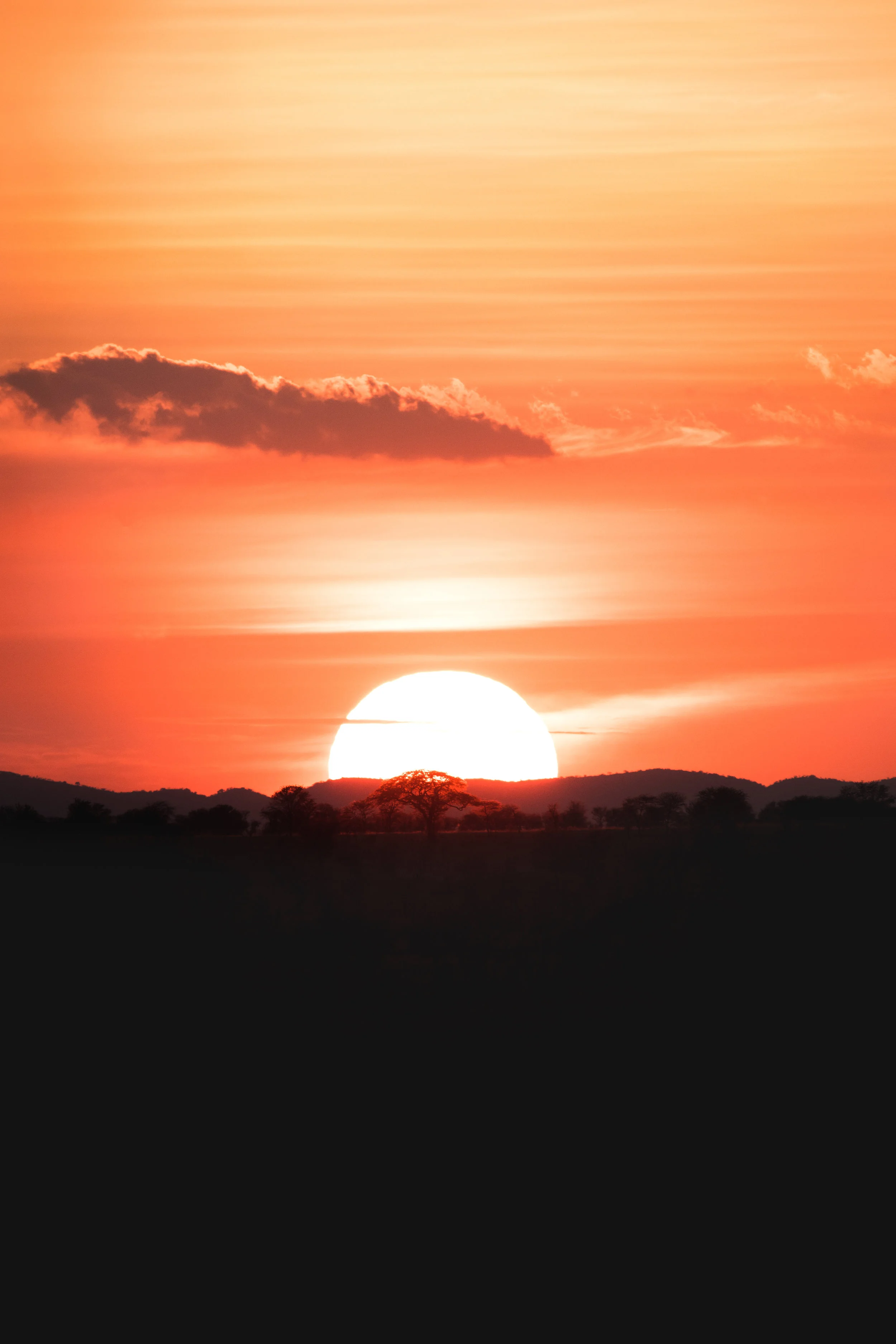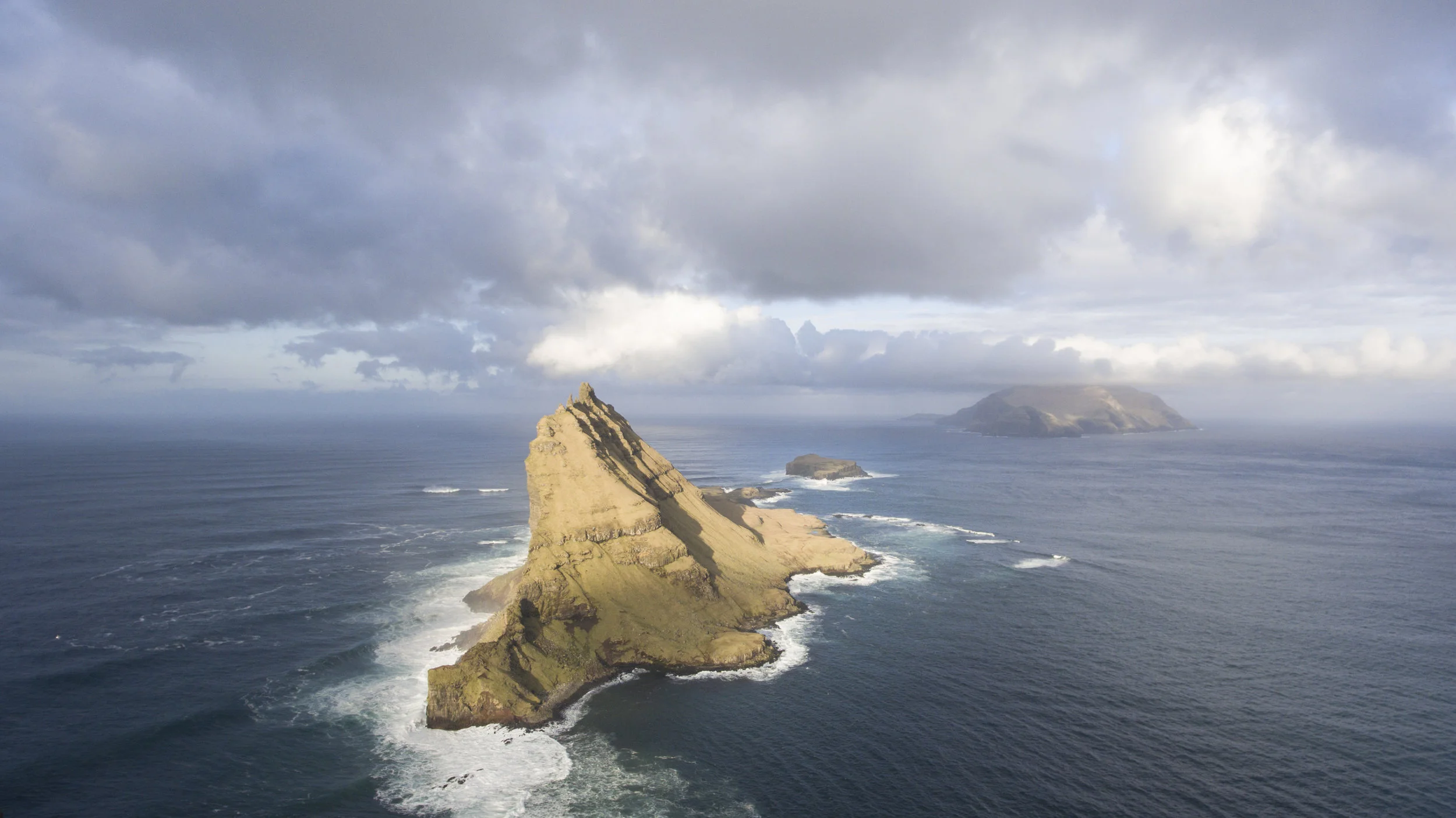Packing for a Shoot - What Gear I Use and Why?
The age old question to any photographer is: what gear are you using? People always want to know how I’m getting my photos, what lenses do I use? what filters? Why do I use them? I’m very open about what I shoot with and how I use my equipment, but I have never done a break down of exactly what I take on a shoot and why.
CAMERA BODY
Why do I use Nikon? Nikon has been part of my family since I can remember. My dad used a Nikon camera and the first digital camera I used was the D100 with a few basic lenses. Throughout the years I have remained loyal and invested in Nikons newest and best equipment, providing me with images that are of a very high quality. I have now used the Nikon D800, D810 and D850 for 7 years. As a full time photographer it’s important for me to keep up to date with the latest equipment and technology to ensure my work is of the highest quality. As Nikon’s newest DSLR, I now use the D850 full time (and take the D810 as my backup), due to the new traits the D850 has to improve quality compared to D800 and D810.
If you are looking between the D850 and the D810 and thinking, 'why spend the extra money?’, these are a few of the features I love:
4K - 30 FPS. No 4k on the D810 (Waiting for Nikon to have 4k - 60FPS!)
7 FPS without battery grip. 5FPS on the D810.
45 Mega pixels. 36 on the D810.
153-point AF system. 51 one the D810.
Tilting touchscreen - super useful feature, not on the D810.
Most buttons light up in the dark. This isn’t a feature on the D810.
Better in low light and I feel better dynamic range on the D850
One thing to note is the file sizes. A D810 shoots around 50-60mb RAWS and the D850 shoots 90-100mb. To shoot at a higher quality requires a larger and faster memory card. I currently use Sony XQD when shooting on the D850. You can compress the RAW images on both cameras, however I would warn against this, especially in low light, as I feel it loses valuable detail and dynamic range. So be prepared not just to upgrade your camera but your memory cards, computer and hard drives as well.
LENSES
The next part of gear I consider, are lenses. With so much variation in focal length, aperture and weight, it’s important to choose the right lens to fit the purpose of your trip and images. I travel on average about 6 months of the year to world-wide destinations on all different types of projects. These range from commercial hotel shoots, personal hiking trips or longer road trips to backpacking. For logistics having heavy and bulky lenses often isn’t an option. However, I want to carry the best lenses for the job in hand and ensure I get the photos the client wanted. So for me, it’s a compromise between quality, purpose and practicality.
As a Nikon user, here are the Nikon lenses I use most often and why (see examples beneath each lens):
24-70mm F/2.8 - This is one of my love hate relationships. It’s a perfect all round lens for lifestyle shoots and some landscapes, however it doesn’t have vibration reduction (VR) which means it’s not great in low light. Usually increasing the shutter speed can help to ensure the image is sharp. However you then also have to increase the ISO to counter this which can sometimes lead to noise in the image if it’s increased too much. This isn’t too much of a problem on the D850 where the sensor is incredible, however on other camera bodies it can become a problem. This year I’m for sure going to upgrade to the 24-70MM new VR version.
16-35mm F/4 VR - This was one of the first lenses I bought and I’ve packed it for every shoot I’ve been on to date. There’s only one notable issue I have with it and that’s the aperture…it’s F/4! Having a minimum aperture of F/4 means it’s mostly useless when it comes to night photography and some other low light occasions. Despite this, there is little distortion (compared to other lenses) and the images are always sharp, making it a must have on every shoot.
14-24mm F/2.8 - If you’re into night photography, this is the lens for you! It’s very sharp and at F/2.8, it’s great in low light. I use this lens primarily for night photography but also on occasion for wide, fine art landscape shots, as well as Helicopter shoots. However, this lens has a major drawback meaning I don’t find myself using it too often, and that’s the distortion. On occasion, this lens makes people and car wheels (among other things) look stretched and just odd (and often isn’t fully corrected by editing software either). Applying filters to this lens can also be a pain as you have to carry a big filter system to attach to the lens.
58mm F/1.4 - I don’t often use many prime lenses, as I find zoom lenses allow for more flexibility on shoots, however I still love the look and the depth of field this lens can provide. The 58mm is a must in most of my work, it’s lightweight and as a prime lens, sharper than zoom lenses. The only downside is that it comes with a high price tag!
70-200mm F/2.8 - This lens is not always needed on every shoot, and as it is slightly heavier than other lenses, I often leave it behind. However, when taking images from a distance, I love the compression and sharpness the lens creates. All round, nothing to fault!
400mm F/2.8 - This isn’t a lens I own, but I’ve included it in the list as it’s my favourite lens for close up wildlife shots. I used this lens in Tanzania and Wales and got some great images. It’s incredibly sharp, very fast focusing and surprisingly lightweight! If you have a spare £10k lying around and love wildlife photography this is a must!
CAMERA BAGS
Once I’ve compiled all the kit I want to take, I need to consider how to transport it all.I’ve struggled with camera bags over the years, mostly because I find them uncomfortable on my back which, after 50+ flights a year, hikes and general travel really starts to kill me!
When I fly, I always use a roller case. I use the Lowe pro 150, which I love! With loads of room for multiple bodies, lenses and a laptop, it’s practical, accessible and provides great protection. For general walking around and hiking I’ve been trying out a few different bags.
UNDERWATER HOUSING
Underwater photography is something I really love shooting! Having just started to get into this rather recently (the last few years), I purchased an underwater housing for my Nikon Camera. I use an Elite Aquatech housing with my D810 and a 16-35mm/ or 14-24mm. Having used the housing in quite a few different locations - including the Maldives (twice), Mauritius, Sri Lanka, Croatia and Barbados - I think it’s a great bit of equipment, easy to put together, waterproof (always a bonus!) and the buttons are fairly easy to use as well.
However, there are a few drawbacks. The main issue for me is the buoyancy. When diving down to get deeper shots, it’s increasingly hard, not only to get the camera down in the first place, but also to keep the camera steady when at depth. I understand the camera needs to be buoyant enough to not just sink to the bottom however I think it’s so far the other way. I’ve got the smaller front dome so it’s slightly easier to descend with, but comes with the drawback that the larger domes are a lot better for 50-50 shots (half in and half out the water).
DRONES
I have a love/ hate relationship with Drones. Having purchased my first drone, a DJI Phantom 4 in 2016, I’ve been able to create some amazing content. I love the unique angles and perspectives that you can gain from a bird’s eye view and the scale that can be created.
However, the Phantom 4 is quite large, so can be difficult to travel with and is also quite loud. When you’re in a beautiful landscape or on a hotel shoot in some of the top hotels in the world, the last thing you want to hear is that incessant buzzing.
To combat these issues, I purchased a DJI Mavic Air which is tiny and super easy to travel with. The only drawbacks of this of one compared to the Phantom 4 is that it can sometimes be unsteady in windier conditions (although in very windy conditions, you wouldn’t be able to fly any drone).
In 2019, I definitely want to upgrade to a DJI Mavic Pro 2. I’ve seen some incredible footage from them and it’s super quiet so I’m looking forward to seeing what I can capture with it.
One thing to note with drones is that I have practised flying with them a lot and ONLY fly where drones are allowed. I do extensive research of the countries drone laws before any trip and always ask for permission when on hotel shoots.
COMPUTER, LAPTOP and HARD DRIVES
Now I’ve mentioned what equipment I use to take photos, I’ll move onto what equipment I use to edit and store them. For editing I use Lightroom and Photoshop, I won’t go into much detail on this blog as to how I use them but I find both of them together very effective.
As mentioned above, my image files are often large, due to this, I use an iMac Pro to edit the photos with a 3GHz 64GB 8 core processing speed. With anything much smaller, I found the large file sizes froze up my computer and caused it run increasingly slow. It comes with a hefty price tag at near $10,000, but it’s definitely worth it for efficiency. While travelling and editing on the go, I use a MacBook Pro. Ideal to travel with, it’s small and lightweight and allows me to edit anywhere.
No computer will ever have enough memory to store every image on, and if you start to store RAW images on your computer, you may start to notice your computer slowing down. I store all my images on external hard drives, plural, I have a lot of images to store! I primarily use the G-tech desktop thunderbolt 3, with 20 terabytes each and for the short term and travelling, I use G-tech USB ones, which I also use to back up the thunderbolt ones.
I hope this was helpful and explained in a bit more detail how and why I use I use certain bits of equipment. If you have any questions about any of my equipment don’t hesitate to ask or comment below.














































